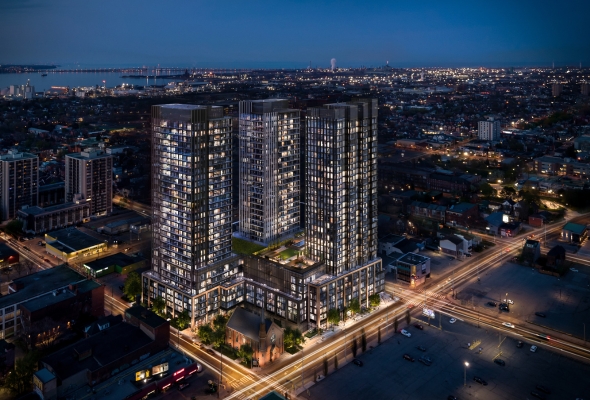Choosing the ideal place to call home is a significant decision, one that involves considering various factors such as the cost of living, available amenities, commuting options, and the desired lifestyle. In this blog post, we will delve into the captivating world of Canadian real estate, exploring the advantages and drawbacks of urban and rural living. By understanding the unique aspects of each, you can make an informed choice that suits your needs and aspirations.
Canada, renowned for its vast landscapes and diverse population, offers a captivating blend of urban and rural living. Urban areas boast bustling cities like Toronto, Vancouver, and Montreal, teeming with skyscrapers, cultural hotspots, and endless entertainment options. On the other hand, rural regions showcase the country’s natural beauty, with serene countryside, picturesque towns, and a slower pace of life. Both urban and rural living have their own distinct charm, making the decision all the more intriguing.
1. Cost of Living
One of the primary factors to consider when deciding between urban and rural living is the cost of living. Urban areas tend to have higher costs, including housing prices, property taxes, and everyday expenses such as groceries and transportation. Real estate prices in major cities like Toronto and Vancouver have skyrocketed in recent years, making it challenging for many people to afford a home.
On the other hand, rural areas generally offer more affordable housing options. Properties in rural communities often have lower price tags and can offer more land and space for your money. Additionally, the cost of everyday necessities tends to be lower in rural areas. However, it’s important to note that rural areas may lack certain amenities, and commuting costs may increase if you work in an urban centre.
2. Amenities and Infrastructure
Urban living provides a wide range of amenities and conveniences. Cities are known for their vibrant cultural scenes, diverse entertainment options, and an abundance of shopping centres, restaurants, and cafes. The availability of healthcare facilities, educational institutions, and recreational activities is typically more extensive in urban areas, offering a higher level of convenience.
In contrast, rural areas may have a limited number of amenities. Access to healthcare facilities, schools, and recreational centres may be more limited in smaller communities. However, rural living often offers a closer-knit community feel, with friendly neighbours and a slower pace of life. If you enjoy outdoor activities, such as hiking, fishing, or skiing, rural areas provide easy access to natural beauty and tranquillity.
3. Commuting
The daily commute can significantly impact your quality of life. Urban areas often have well-developed transportation networks, including buses, subways, and commuter trains. This can make commuting more efficient, particularly if you work in the city centre. However, urban commutes can be crowded and time-consuming, with rush-hour traffic and long waits for public transportation.
Rural living usually involves longer commutes, especially if you work in an urban area. The lack of public transportation options means that owning a vehicle becomes essential. However, the advantage of rural living is that commutes tend to be less stressful and more scenic, with open roads and beautiful landscapes.
4. Lifestyle Considerations
Your preferred lifestyle plays a crucial role in determining whether urban or rural living is the right fit for you. Urban areas offer a fast-paced lifestyle with a wide range of career opportunities and social interactions. If you thrive in a bustling environment with a myriad of cultural events, nightlife, and networking possibilities, urban living may be more suitable for you.
In contrast, rural living offers a quieter and more laid-back lifestyle. It can be an ideal choice for those seeking peace, privacy, and a stronger connection with nature. Rural communities often have close-knit social networks, where neighbours look out for each other and foster a sense of belonging. If you value a slower pace of life and enjoy activities like gardening, farming, or simply enjoying the beauty of the countryside, rural living may be the right choice for you.
The choice between urban and rural living in the real estate market is a deeply personal one. Understanding the advantages and drawbacks of each option is crucial in making an informed decision. Urban living provides a wide range of amenities, a vibrant cultural scene, and numerous career opportunities. However, it often comes with higher costs of living, crowded commutes, and a fast-paced lifestyle.
On the other hand, rural living offers more affordable housing options, a closer-knit community, and a peaceful lifestyle. While amenities may be more limited, rural areas provide easy access to natural beauty and a stronger connection with nature. Commutes may be longer, but they offer tranquillity and scenic routes.
Ultimately, the decision between urban and rural living depends on your priorities, preferences, and lifestyle. Consider factors such as cost of living, amenities, commuting, and the type of lifestyle you desire before making a decision. By carefully weighing these considerations, you can find the perfect place to call home in the diverse Canadian real estate market.






